Note: This is a story built from real patterns we see all the time in entrepreneurial, service-based businesses. Sales leaders are under pressure, coaching is inconsistent, and referrals aren’t producing like they should. The good news? The technology now exists to solve these problems — and do it in a practical, people-first way.
When Taylor, the Integrator at a 25-person B2B services firm, sat down for their Q1 Clarity Break, one problem kept swirling: the sales team wasn’t scaling with the rest of the company.
They had grown steadily over the past two years — strong operations, reliable delivery, and a few rockstar client wins had moved the business forward. But sales? It was messy. Coaching happened here and there, but not predictably. New reps weren’t ramping quickly. And their best rainmaker seemed to be running on instinct more than process.
Taylor didn’t want to throw more headcount at the problem. That wasn’t how they thought. They needed leverage — and they found it in an unexpected place: AI-powered sales coaching.
The Real Problem: Sales Coaching Without Structure
Taylor’s sales leader, Jordan, was experienced and driven. But even Jordan admitted their approach was reactive:
“I’m spending more time trying to figure out what happened in deals than actually helping reps close the next one.”
Reps were sent to occasional trainings, and call shadowing happened “when possible.” But with no clear view into how reps were selling, most coaching was gut feel — not system-driven.
And it wasn’t just coaching that lacked structure. Jordan had also recently rolled out a referral initiative — encouraging reps to “work their networks” and “ask for introductions.” The effort had good intent but lacked focus. The result? Too many reps chasing too many weak connectors.
They needed something better — a way to develop salespeople intentionally and build high-value referral pipelines with purpose.
AI Turns Every Sales Interaction into Coaching Fuel
That’s when Taylor and Jordan decided to pilot a few lightweight AI tools. Nothing crazy — just tools that could help them see what was actually happening.
They implemented software that:
-
Automatically recorded, transcribed, and summarized sales calls and Zoom meetings
-
Analyzed email and CRM activity for engagement patterns
-
Flagged talk-time imbalances, missed opportunities, and stalled follow-ups
-
Connected the dots between rep behavior and results
Instead of relying on rep recollection or Jordan’s memory, they now had a living, breathing coaching dashboard.
And reps loved it too — because the feedback wasn’t generic. It was based on their real conversations. They could listen to their own calls, get suggestions, and adjust — fast.
Coaching Got Better. So Did Referrals.
This shift in visibility didn’t just improve deal flow — it brought clarity to their referral system.
Jordan had introduced a Strategic Connector strategy earlier in the year, encouraging each rep to focus on 5–7 well-positioned people who could refer high-fit clients.
But without data, it had been hard to tell who was really engaging.
Now, with AI analyzing the full spectrum of rep activity — calls, emails, meetings, CRM notes — they could see:
-
Which connectors opened or ignored emails
-
How often they were mentioned in rep activity
-
Whether those relationships were moving or stalling
It turned connector engagement into something measurable and coachable, not just hopeful and anecdotal. Reps started tracking their connector activity alongside pipeline activity. Jordan added it to their sales scorecard. Referrals increased — and became more intentional.
One Sales Leader. A Leaner Team. Better Results.
Jordan felt more effective as a coach. They weren’t just reacting to problems — they were leading. Their one-on-ones became more focused. Their team became more confident. And Taylor finally felt that sales was scaling with the business.
They didn’t need to hire three more reps. They just needed to give their current team better tools and better coaching — and focus their time on the relationships that actually matter.
Ready to See How Your Referral System Stacks Up?
If your team is still trying to generate referrals without a focused strategy, you’re leaving opportunity on the table. We’ve created a Referral System Self-Assessment to help sales leaders and business owners evaluate how well their current system supports consistent, high-quality referrals.
It only takes a few minutes, and you’ll get a personalized score — plus insights on what to improve.
Take the Referral System Self-Assessment Now
Final Thought: The Sales Advantage Is Now Available to Everyone
The takeaway is simple:
You don’t need more salespeople. You don’t need more managers. You need a better system to develop the team you have — and to prioritize the connectors who move the needle.
The tools now exist to do that. They’re accessible, practical, and powerful.
And while not many are doing this yet, the ones who are?
They’re creating a clear sales advantage — and winning on purpose.




